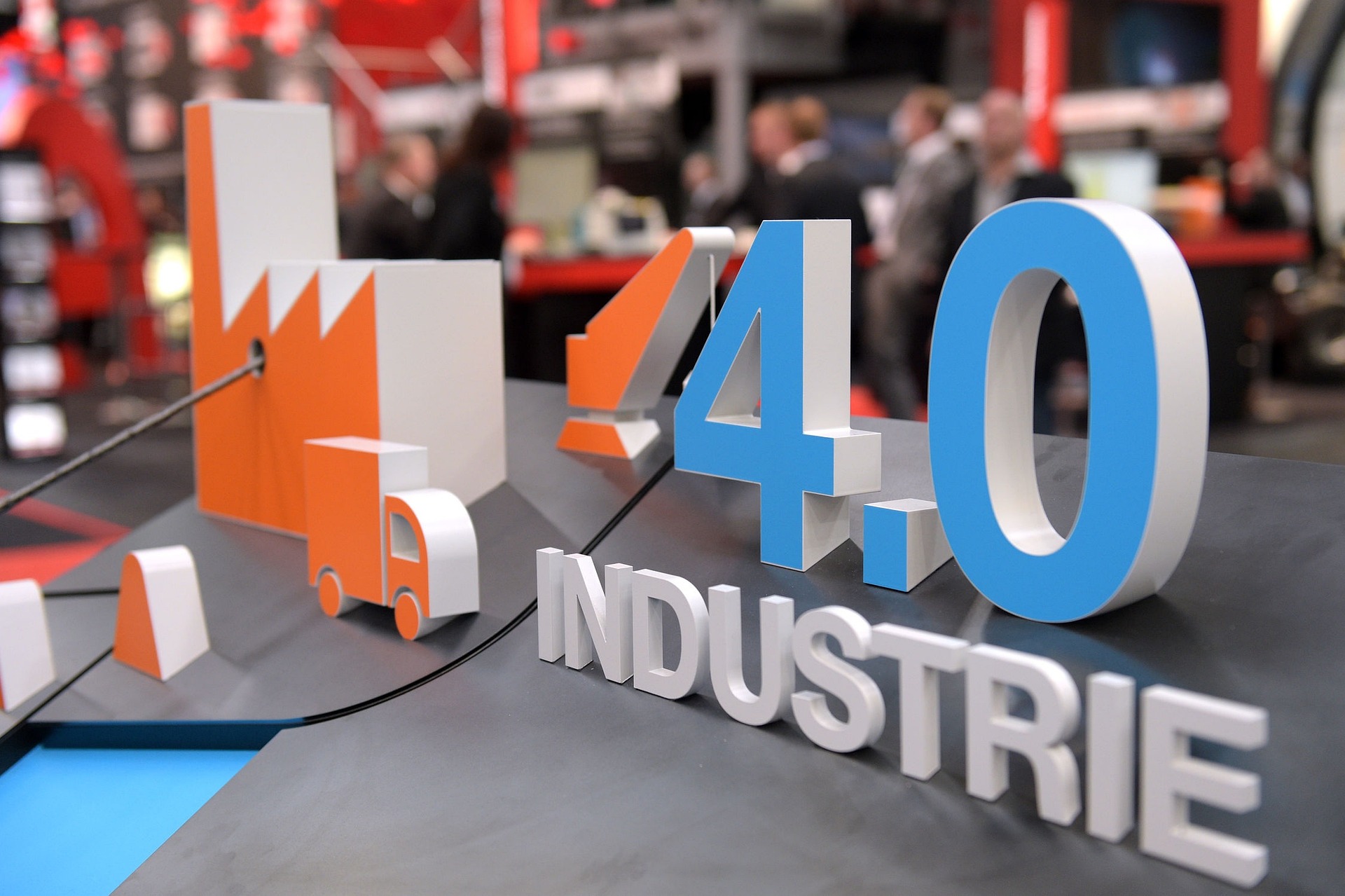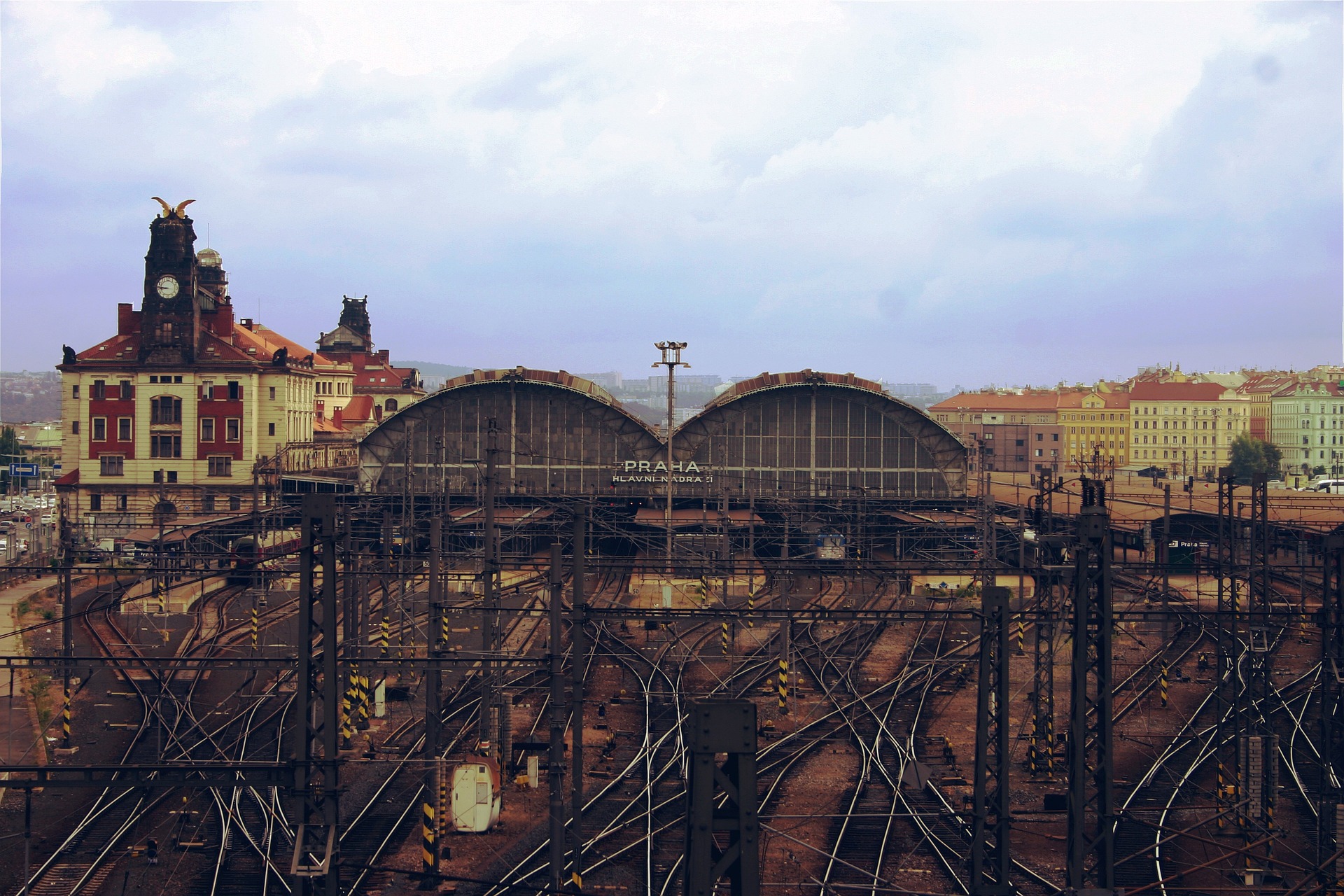Our impact on carbon emissions
How we help central Europe with the energy transition
Central Europe hosts carbon-intensive regions driven by coal mining and energy-intensive industries. However, the capacity of regions to transition to a green, low-carbon economy varies widely. High-performing Alpine regions display greater ‘green readiness’ compared to peripheral areas. The latter are hampered by financial limitations, administrative hurdles, and varying public support for low-carbon solutions persist despite the emergence of decentralised energy systems in Europe.
In the programming period 2014-20, Interreg CENTRAL EUROPE helped regions and cities to reduce their energy
consumption and to improve their energy efficiency. Our projects also improved low-carbon energy planning at the territorial level.
KEY FINDINGS
The external impact evaluation concluded that the programme had a positive impact on energy efficiency and the usage of renewables in public infrastructures. Our projects improved low-carbon energy planning strategies and policies, and low-carbon mobility planning.
The projects produced long-term outputs and results. The programme supported a lasting change at the policy level, for instance through regional energy action plans. Today, public sector stakeholders continue to draft energy reports based on activities initiated by the projects.
Energy projects helped building capacities to plan, implement and coordinate energy efficiency and renewable energy solutions at local and regional levels.
The programme facilitated effective dissemination and communication activities. As a result of this, project outputs and results could be replicated and transferred across the target regions.
The programme reduced cenral Europe’s carbon footprint and helped to improve national and transnational “green” cooperation.
“The Interreg CENTRAL EUROPE Programme contributed to developing low-carbon solutions and ideas for mobility and transport in functional urban areas, energy planning and public buildings and infrastructure, both in urban and rural areas, acknowledging the cross-cutting and pervasive nature of low-carbon challenges.”
Funded projects
Project partners
Million EUR from ERDF
225
Tools turning sustainable solutions to reality
218
Strategies and action plans for implementing low-carbon solutions
204
Pilot actions to demonstrate the benefits of new low-carbon activities
292
Trainings to enhance skills for reducing carbon footprints
520
Million EUR of follow-up green investments leveraged
BACKGROUND
In 2020, we launched an independent impact evaluation of the Interreg CENTRAL EUROPE 2014-20 funding programme. The evaluation was conducted in two phases over a period of three years, between 2020 and 2023. It involved a thorough analysis of the programme, which employed a range of qualitative and quantitative research methods.

Innovation
Learn more about our impact on innovation.

Transport
Learn more about our impact on transport.

Environment
Learn more about our impact on the environment.

Culture
Learn more about our impact on culture.